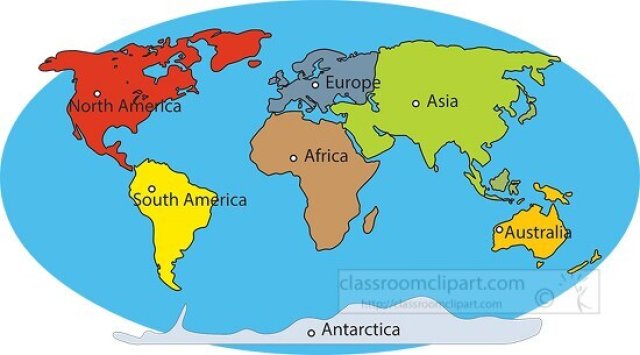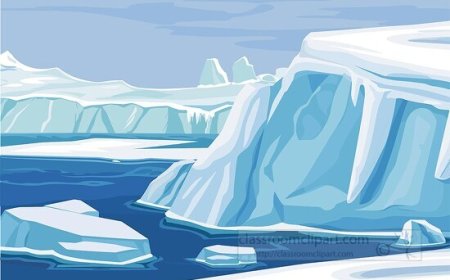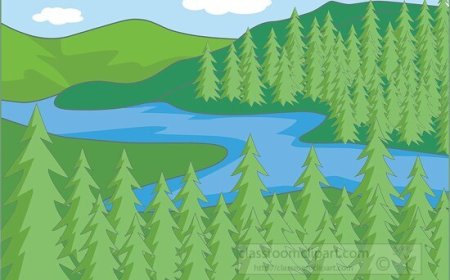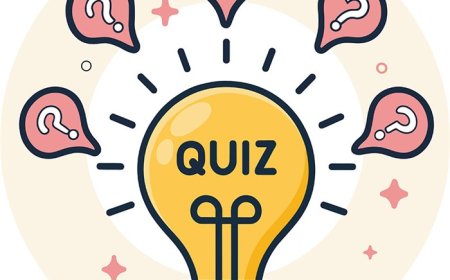What Is a Continent? Full Guide for Students with Facts and Maps
Learn what a continent is and explore the seven continents of the world. This geography article for students includes definitions, facts, maps, and a vocabulary list to make learning about continents fun and easy.

🌍 What Is a Continent? A Complete Guide for Students
Introduction
Have you ever looked at a world map and wondered how people divide such a huge planet into different parts? That’s where continents come in. A continent is a very large area of land, usually separated by oceans or other natural features. Continents have shaped our world’s geography, history, cultures, and ecosystems. In this guide, you’ll learn what continents are, how many there are, their unique characteristics, and fun facts that will help you become a geography pro!
🌎 What Is a Continent?
A continent is one of Earth’s largest continuous landmasses. Continents are bigger than countries and islands and often contain many nations, cultures, and environments. Geographers group Earth’s surface into seven continents:
- Asia
- Africa
- North America
- South America
- Europe
- Australia (Oceania)
- Antarctica
Some people also use the term Oceania to describe Australia plus the Pacific islands around it.
📍 How Are Continents Defined?
Continents are usually defined by:
- Size and land boundaries: Large, unbroken landmasses
- Tectonic plates: Huge sections of Earth’s crust
- Cultural and historical factors: How people have divided land over time
For example, Europe and Asia are technically part of the same landmass (Eurasia), but they are called separate continents because of cultural and historical differences.
🌐 The Seven Continents: Overview
1️⃣ Asia
- The largest and most populated continent
- Home to over 4 billion people
- Includes China, India, Japan, and Russia
- Contains Mount Everest, the world’s tallest mountain
2️⃣ Africa
- The second-largest continent
- Known for the Sahara Desert and the Nile River
- Rich in wildlife like lions, elephants, and giraffes
3️⃣ North America
- Includes the U.S., Canada, Mexico, and Central America
- Features diverse landscapes: Arctic tundra, deserts, forests, and plains
- Home to the Rocky Mountains and the Great Lakes
4️⃣ South America
- Famous for the Amazon Rainforest and Andes Mountains
- Includes Brazil, Argentina, Peru, and Chile
- Known for unique wildlife and ancient cultures like the Inca
5️⃣ Europe
- A smaller continent with many countries
- Rich in history and famous landmarks (Eiffel Tower, Colosseum)
- Bordered by the Atlantic Ocean and Asia
6️⃣ Australia (Oceania)
- The smallest continent
- Often called Oceania when including New Zealand and Pacific islands
- Known for deserts, coral reefs, and marsupials like kangaroos
7️⃣ Antarctica
- A frozen continent at the South Pole
- Covered almost entirely in ice
- Few plants and no permanent human settlements
🏞 Continents and Oceans
Continents are surrounded by Earth’s five main oceans:
- Pacific Ocean
- Atlantic Ocean
- Indian Ocean
- Southern Ocean
- Arctic Ocean
Oceans and continents together form the shapes we see on globes and maps.
🌳 Why Continents Matter
Continents affect:
- Climate: Different weather patterns
- Ecosystems: Animals and plants unique to each continent
- Cultures: Languages, traditions, and history
- Economies: Natural resources and trade routes
🧭 Fun Facts About Continents
- Asia has the highest point (Mount Everest) and the lowest land point (Dead Sea).
- Africa is crossed by the Equator and has the most countries.
- Antarctica is the driest, windiest, and coldest continent.
- Australia is the only continent that’s also a single country.
- Europe has no deserts.
- South America has the largest rainforest.
- North America includes the longest river system (Mississippi–Missouri).
🧠 Vocabulary List
| Word | Definition |
|---|---|
| Continent | A very large area of land that contains many countries |
| Tectonic Plate | A huge slab of Earth’s crust that moves over time |
| Hemisphere | Half of Earth, divided by the Equator or Prime Meridian |
| Equator | An imaginary line around the middle of the Earth |
| Ocean | A large body of saltwater that surrounds continents |
| Island | A piece of land smaller than a continent, surrounded by water |
| Peninsula | Land surrounded by water on three sides |
| Landmass | A large, continuous area of land |
| Climate | The usual weather in a place over many years |
| Ecosystem | A community of living things and their environment |
🌟 Kid-Friendly Summary: What Is a Continent?
Continents are the biggest pieces of land on Earth. There are seven continents: Asia, Africa, North America, South America, Europe, Australia (sometimes called Oceania), and Antarctica.
Each continent is special and has its own countries, animals, and landscapes. For example:
- Asia is the biggest and has the most people.
- Africa has the largest desert (the Sahara) and lots of amazing animals.
- North America is home to the Rocky Mountains and the Great Lakes.
- South America has the Amazon Rainforest.
- Europe is full of famous landmarks.
- Australia has kangaroos and coral reefs.
- Antarctica is frozen and covered in ice!
Continents help us learn about where people live, how cultures grow, and how nature works. They make our world interesting and full of discoveries!




















































